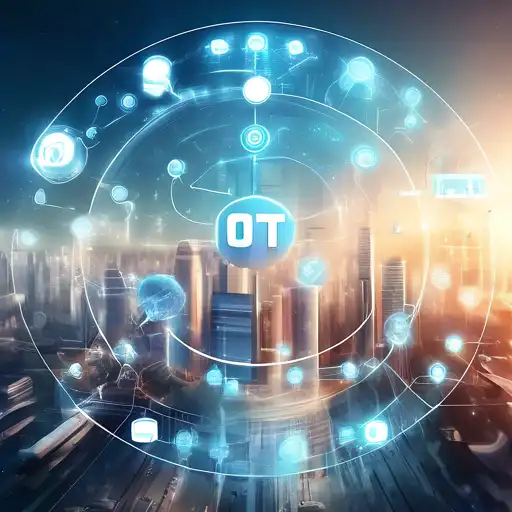The Future of IoT: Predictions for 2025
The Internet of Things (IoT) is rapidly evolving, transforming how we interact with technology on a daily basis. By 2025, experts predict that IoT will have an even more profound impact on our lives, industries, and the global economy. This article explores the key predictions for IoT in 2025, highlighting the innovations and trends that are expected to dominate the landscape.
1. Exponential Growth in Connected Devices
By 2025, the number of connected IoT devices is expected to surpass 75 billion worldwide. This exponential growth will be driven by advancements in 5G technology, which will enable faster and more reliable connections between devices. From smart homes to industrial IoT, the proliferation of connected devices will create a more interconnected world.
2. AI and Machine Learning Integration
Artificial Intelligence (AI) and Machine Learning (ML) will play a pivotal role in the future of IoT. These technologies will enable devices to learn from user behavior, predict needs, and make autonomous decisions. For instance, smart home devices will be able to adjust settings based on the homeowner's preferences and habits, offering unparalleled convenience and efficiency.
3. Enhanced Security Measures
As the number of connected devices grows, so does the risk of cyber threats. By 2025, IoT security will become a top priority, with the development of more sophisticated encryption methods and security protocols. Companies will invest heavily in securing IoT ecosystems to protect sensitive data and ensure user privacy.
4. IoT in Healthcare
The healthcare sector will witness significant transformations thanks to IoT. Wearable devices and remote monitoring tools will enable real-time health tracking, allowing for early detection of potential health issues. This will not only improve patient outcomes but also reduce healthcare costs by minimizing hospital visits.
5. Smart Cities and Infrastructure
IoT will be at the heart of smart city initiatives, optimizing urban infrastructure and services. From traffic management systems to energy-efficient buildings, IoT technologies will make cities more livable and sustainable. Smart cities will leverage data collected from IoT devices to improve public services and enhance the quality of life for residents.
Conclusion
The future of IoT is bright, with endless possibilities for innovation and improvement. By 2025, IoT will have reshaped industries, enhanced daily life, and contributed to a more connected and efficient world. Staying informed about these trends is crucial for businesses and individuals alike to leverage the full potential of IoT technologies.
